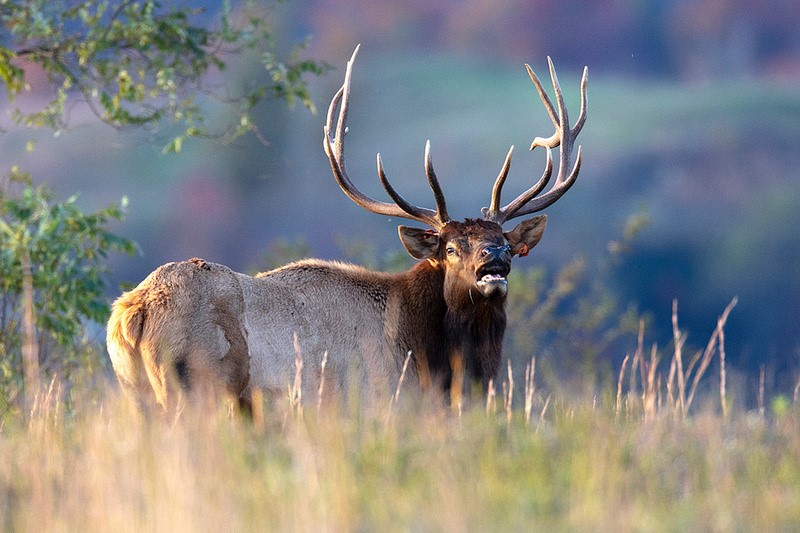Did you know that domestic mink farms are being hit by COVID-19? Last April, mink farms in the Netherlands were hit by COVID, shortly followed by farms in Denmark. In October two farms in Utah got the disease. Once in the mink, it apparently can spread to humans and today farms in nine countries, including the United States and Canada have COVID.
Mink farms are ideal places for the virus. The mink live close together, and are also predisposed for lung infections. Once an infected worker sneezes on a farm, mink will get the disease and quickly die by the hundreds or thousands. What makes this worse, and of concern for humans is that deadly mutations often spring up on mink farms. Animal rights groups have been trying to shut down the mink farming industry, and the pandemic is making it happen. The Netherlands, Poland, France and Ireland have announced they will close all mink farms, to help prevent spread to humans. Interestingly, the 8,000 mink farms in China do not have the disease (really?) and have announced that the loss of many mink farms in Europe is helping their sales. I find all these COVID connections to China a bit mysterious.
One other potential problem here. Can the domestic mink spread COVID to wild mink? Time will tell, but if it happens, wild mink could be in grave danger.
Did you know that scientists are figuring out how to kill Asian giant hornets? These hornets, nicknamed murder hornets because of the way they decapitate their prey, were first found in the state of Washington in December 2019. They kill honeybees, eat ripe fruit and kill other pollinating wasps. However, Agriculture staffers figured out a way to attach mini transmitters to giant hornets and track them to nests. Then they inject foam into the tree cavity, wrap it in plastic and vacuum up the hornets inside. How’s that for ingenuity?
Did you know that scent dogs are now finding turtles? Wood turtles are a species of concern in Maine, but finding them to analyze the state’s population has been difficult. Enter the Science Dogs of New England where two dogs are being trained to find wood turtles and wood turtle eggs. So far it appears to be working. Who knew?
Did you know that elk viewing has created 100 jobs and $7 million to the economy for the Cherokee Indians in western North Carolina? In the early 2000s, elk were reintroduced in the Great Smokey Mountains National Park and some have crossed over to the Cherokee reservation in North Carolina. A study of what the 20-30 elk were having on the tribal members was conducted. Concern was that damage to important tribal gardens as well as crops would be found. Indeed, there was some damage, but only seven percent of tribal members viewed the elk as a nuisance. One benefit was jobs created from elk viewing.
Did you know that “scout snakes” are being used to reduce Burmese pythons in southwest Florida? Burmese pythons, probably escaped or released pets, have thrived in Florida, devastating native wildlife. A female can lay as many as 95 eggs in a clutch, making them very prolific. Finding and removing these huge snakes is difficult, but a group is now using scout snakes for the job. Snake catchers are placing transmitters inside big male pythons and releasing them during the mating season (February). Catchers follow the males and the males find females for capture. Since 2013, they’ve used 59 scout snakes that led to the removal of 16,000 pounds of pythons from 55 square miles. In 2020, they caught 86 adults and 53 reproductive females. Given how widespread the problem, it appears to me that many more scout snake teams are needed all over Florida.
If I can track down some more interesting wildlife stories, I’ll do another “Did You Know That” column for next week.




